INFOS & SERVICE
OUR OTHER WEBSITES
Chengdu - Wolong - Siguniang Shan Town
Wolong National Nature Reserve, Shenshuping Panda Base, Mt. Siguniangshan
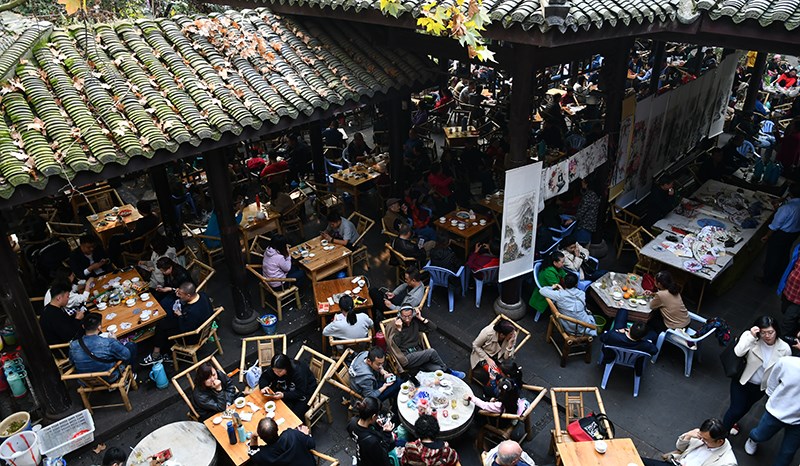
Siguniang Shan Town - Danba
Wori Tusi Manor, Tibetan villages Jiaju and Zhonglu
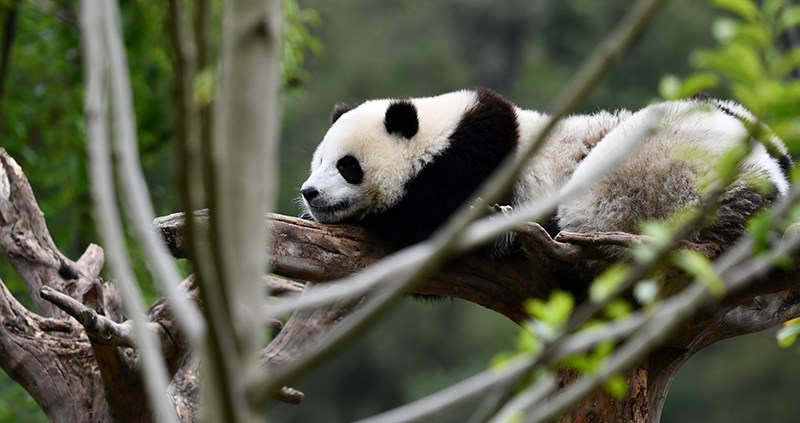
Danba – Tagong
Ancient Blockhouses at Suopo Village. Huiyuan Temple. Muya Monastery, Gyergo Nunnery, panoramic view of Gongga Mountain and Yala Mountain
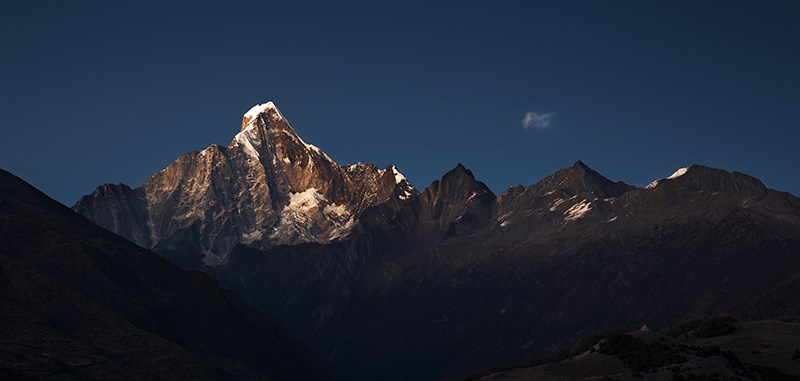
Tagong - Xinduqiao - Litang
Tagong Monastery, Litang Monastery, Letong Old Town with Renkang Old House
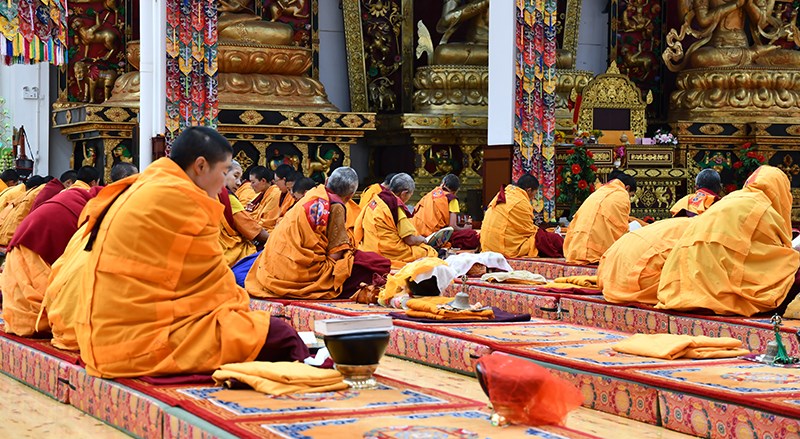
Litang - Daocheng - Shangri-La Town
Visit Yading - Chonggu Monastery, Chonggu Meadow, Pearl Lake, Xiannairi Mountain

Shangri-La town
Visit Yading with 3 holy mountains - Yangmaiyong, Xianuoduoji and Xiannairi
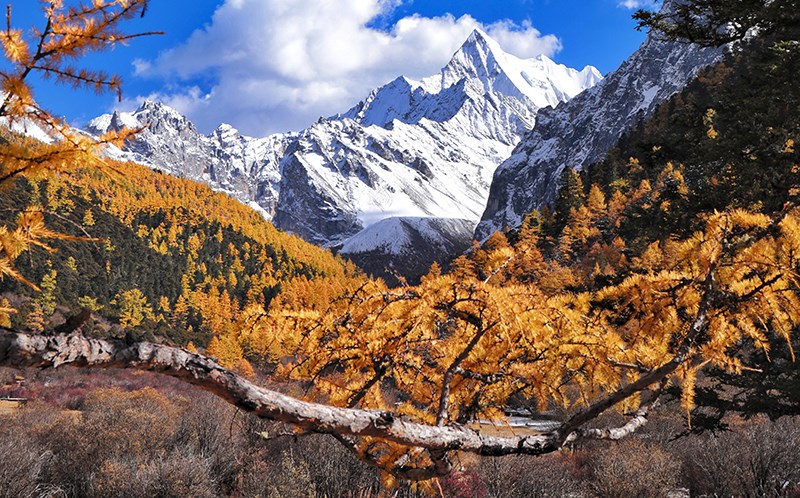
Shangri-La Town – Qingde - Shangri-La City
Traditional white houses at Qingde Village, XIangcheng. Drive through the Dongwang Gorge
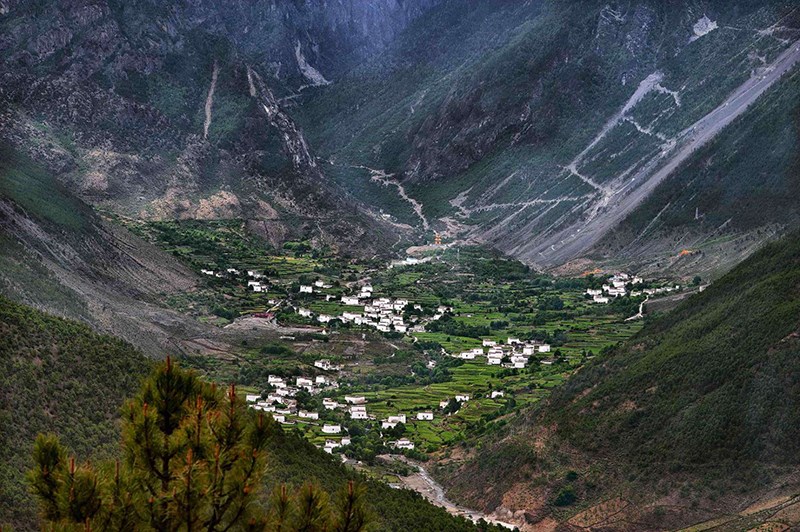
Shangri-La City
Bike trip to Sumzanlin Monastery and Napahai Lake
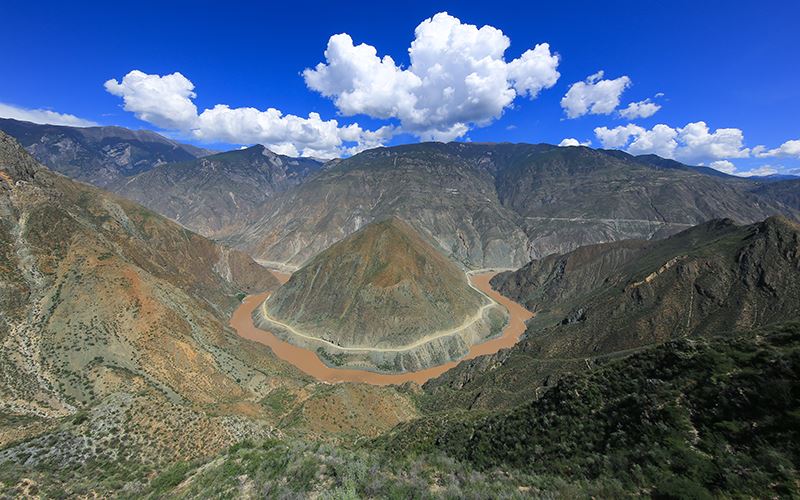
Shangri-La – Baishuitai - Tiger Leaping Gorge - Lijiang
White Water Terraces. Tiger Leaping Gorge
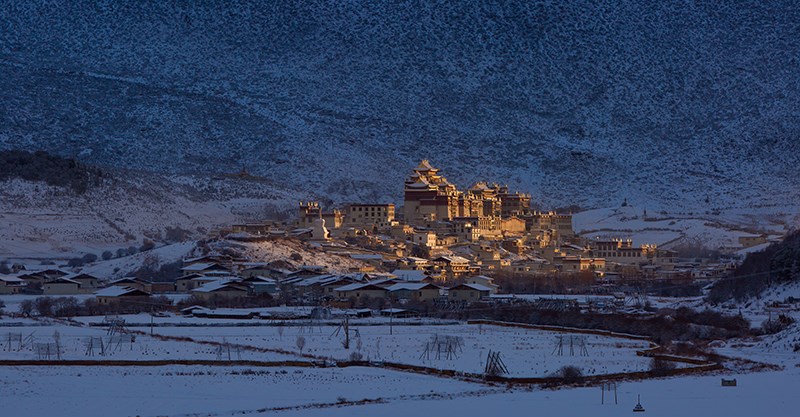
Lijiang
Old town Lijiang, Black Dragon Pool, Dongba Culture Museum, Baisha Village, Yuhu Village
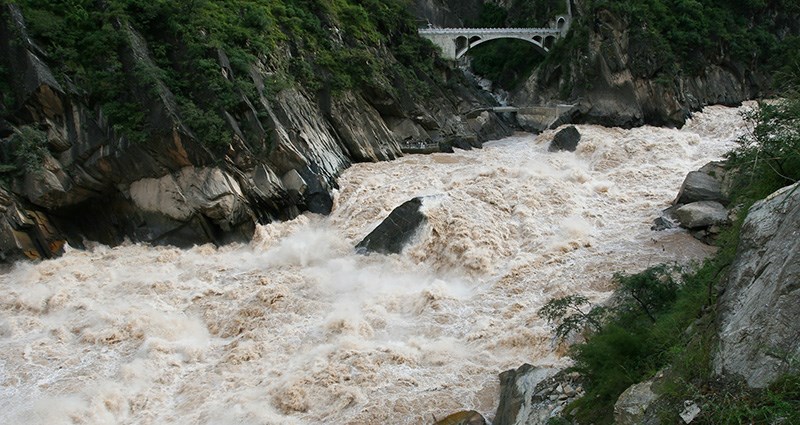
Lijiang
Travel to next destination
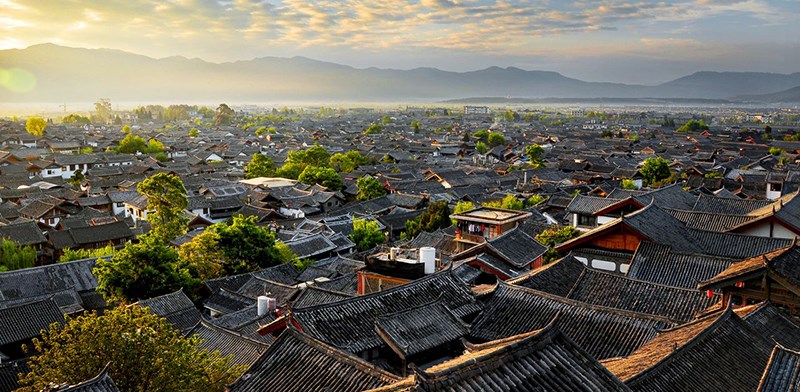
Private travel, great experiences! Please contact us for your tailor-made travel offer.
With individual China Tibet travel, you can decide when, where and how you go on tour by yourself. What's more, you can choose the length of travel and whom you go with.